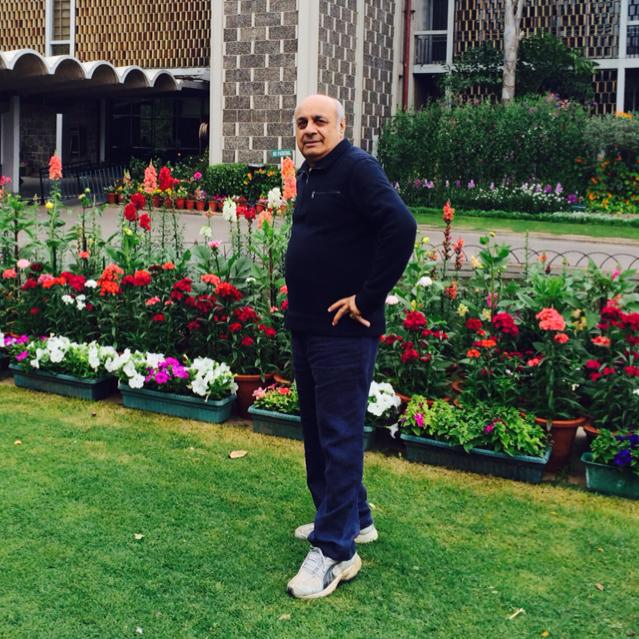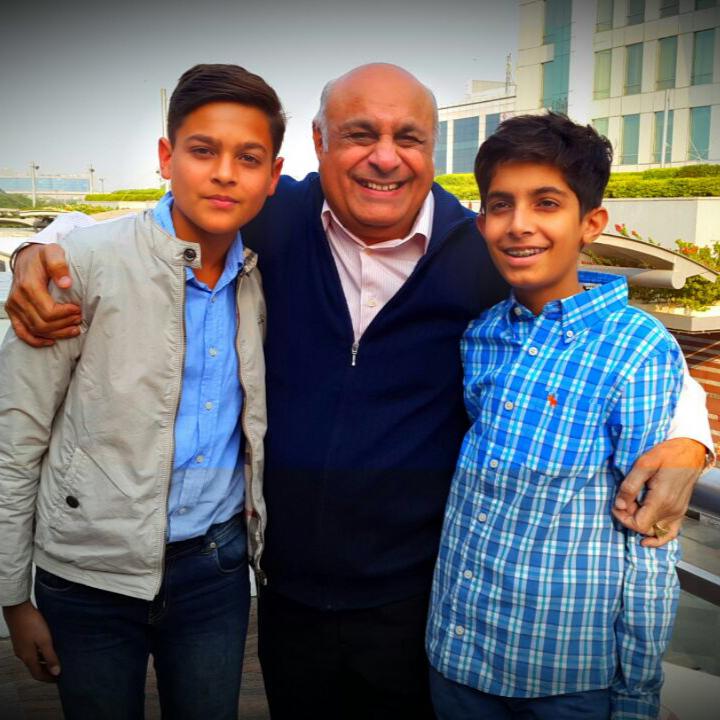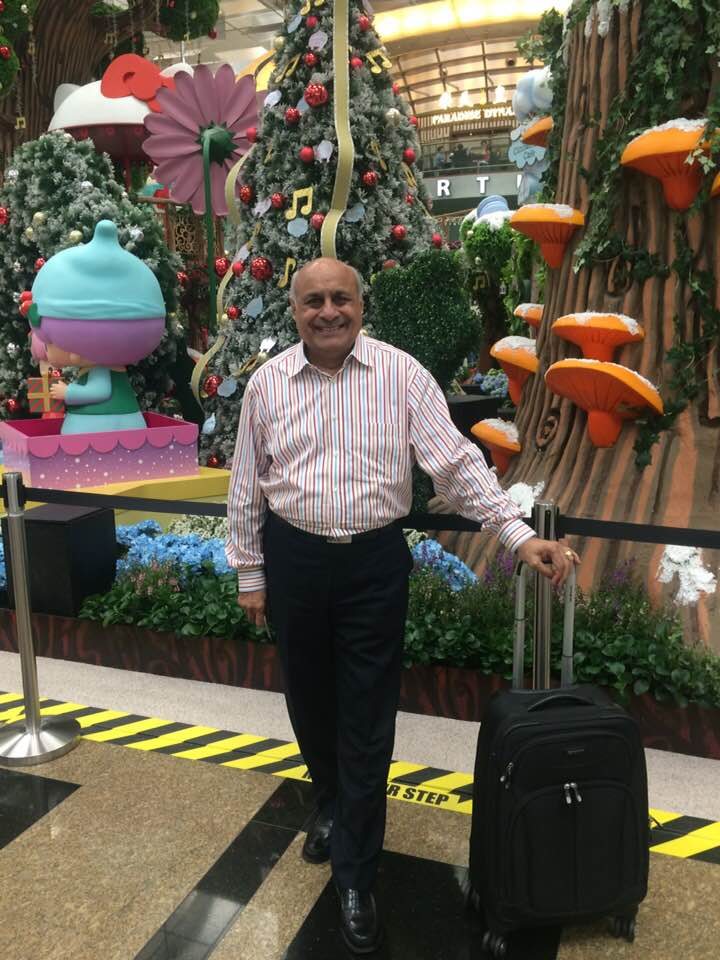Blog
On people,business,technology and economics.
Interview
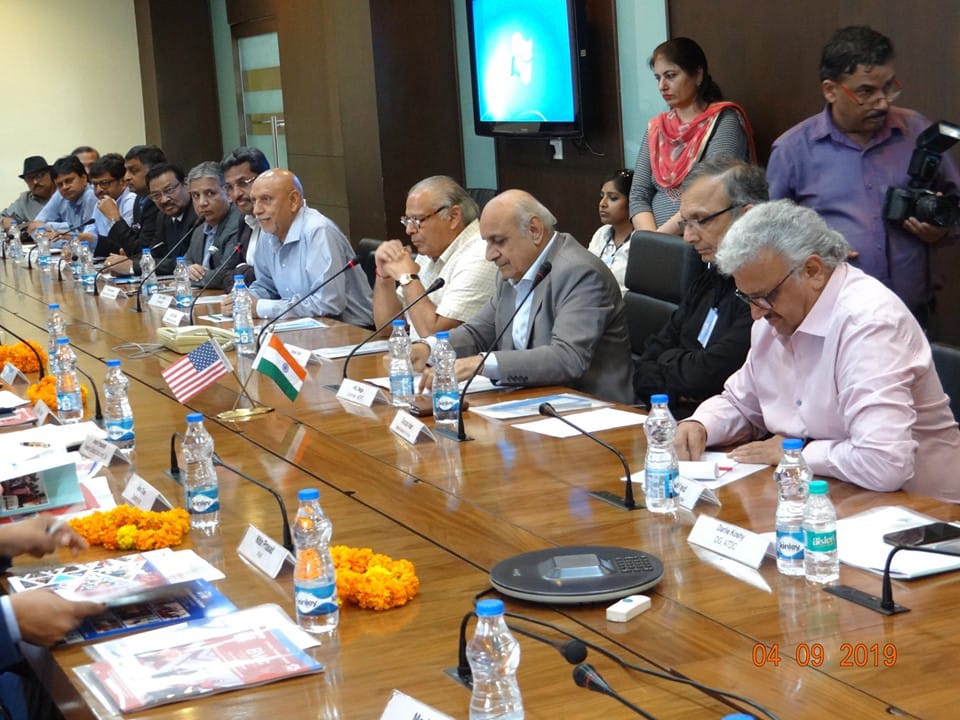
Mr.H.K.L.Magu,Chairman:Apparel Export Promotion Council (AEPC) India, Chairman:Apparel Training and Design Centre (ATDC)and Director,Jyoti Apparels, a leading apparel export organization speaks to us about his over four decades of career in the apparel sector.
In his illustrious career of over four decades, Mr.H.K.L.Magu has held various positions such as the
president of Garment Exporters Association (GEA), Chairman of Finance and Budget
Sub-Committee of AEPC and has also served on the Board of Governors of Apparel Training and Design
Centre (ATDC). He has been a recipient of Certificate of Merit from President of India for
doubling exports during the year 1993-94 and has also served as the Member of the
Grievance Committee of Director General of Foreign Trade (DGFT).Jyoti Apparels, through its sister concern M/s
Magsons Exports is the first organization in garment sector to get the AEO certification in the
year 2015.
Mr.H.K.L.Magu is a customer of REACH Technologies.
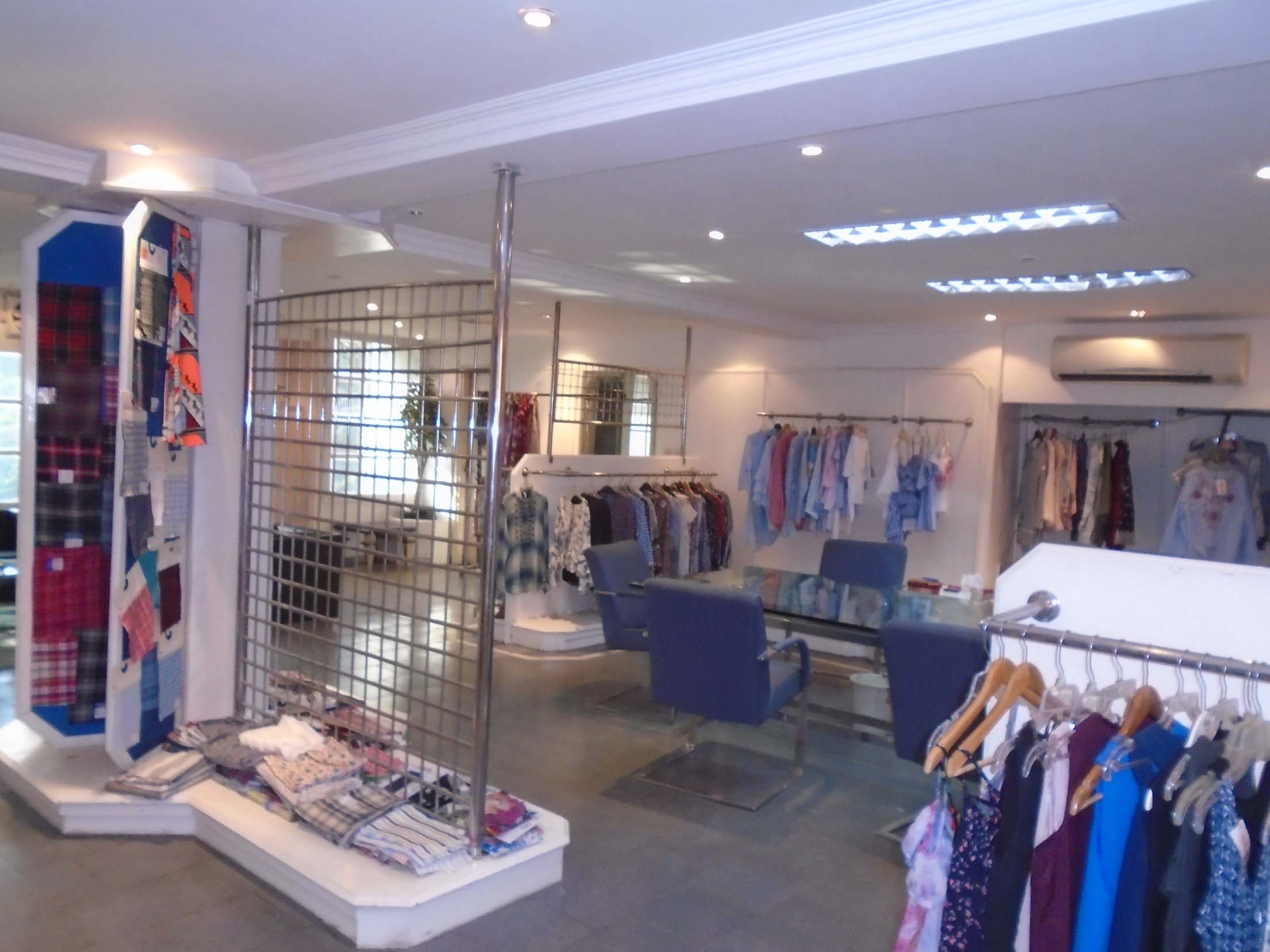


When did you join the apparel sector? And how did this come about?
My younger brother set up Jyoti Apparels in 1976. i was working as a General Manager in a logistics company that had many apparel exporters as customers.As part of my job, i had to interact with many of them and could see that Indian apparel industry was growing and offered many opportunities. In 1979, I resigned from my job and joined Jyoti apparels.
What were the challenges faced in the initial days of Jyoti Apparels?
There were many challenges that any new, young business would face. Challenges related to identifying and recruiting people, training them on the job, quality and delivery challenges with some sub contractors etc. As we grew, we set up greater production capacities, designed and implemented better systems for managing various processes. We also spent a lot of time on training our team members. I also think we did a good job of taking care of our customers.



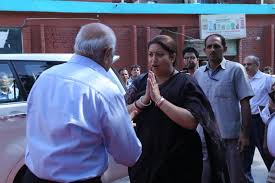
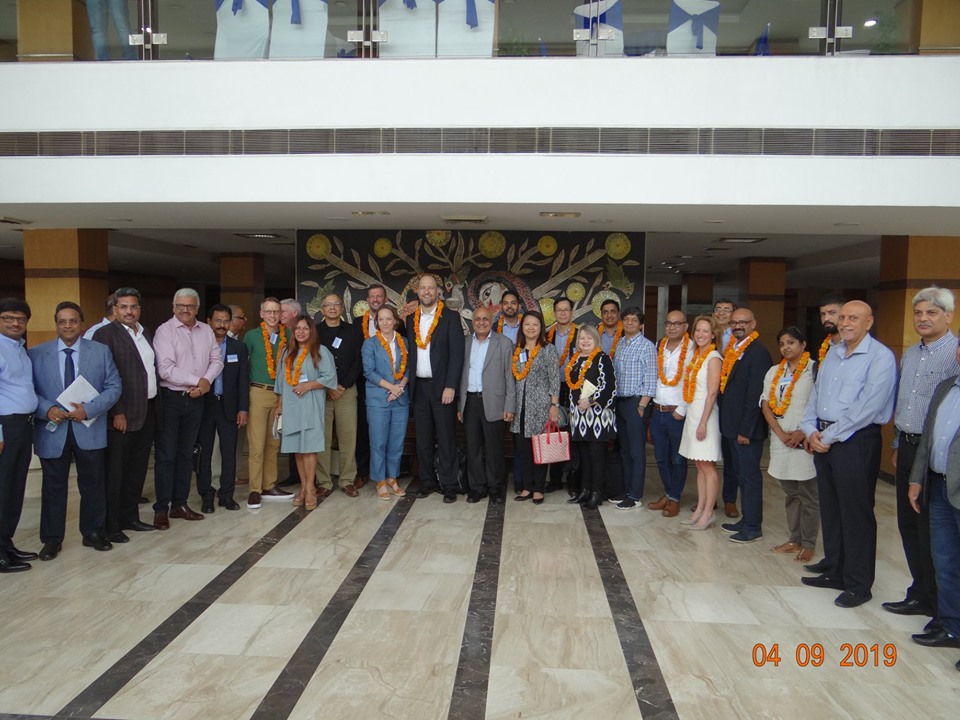
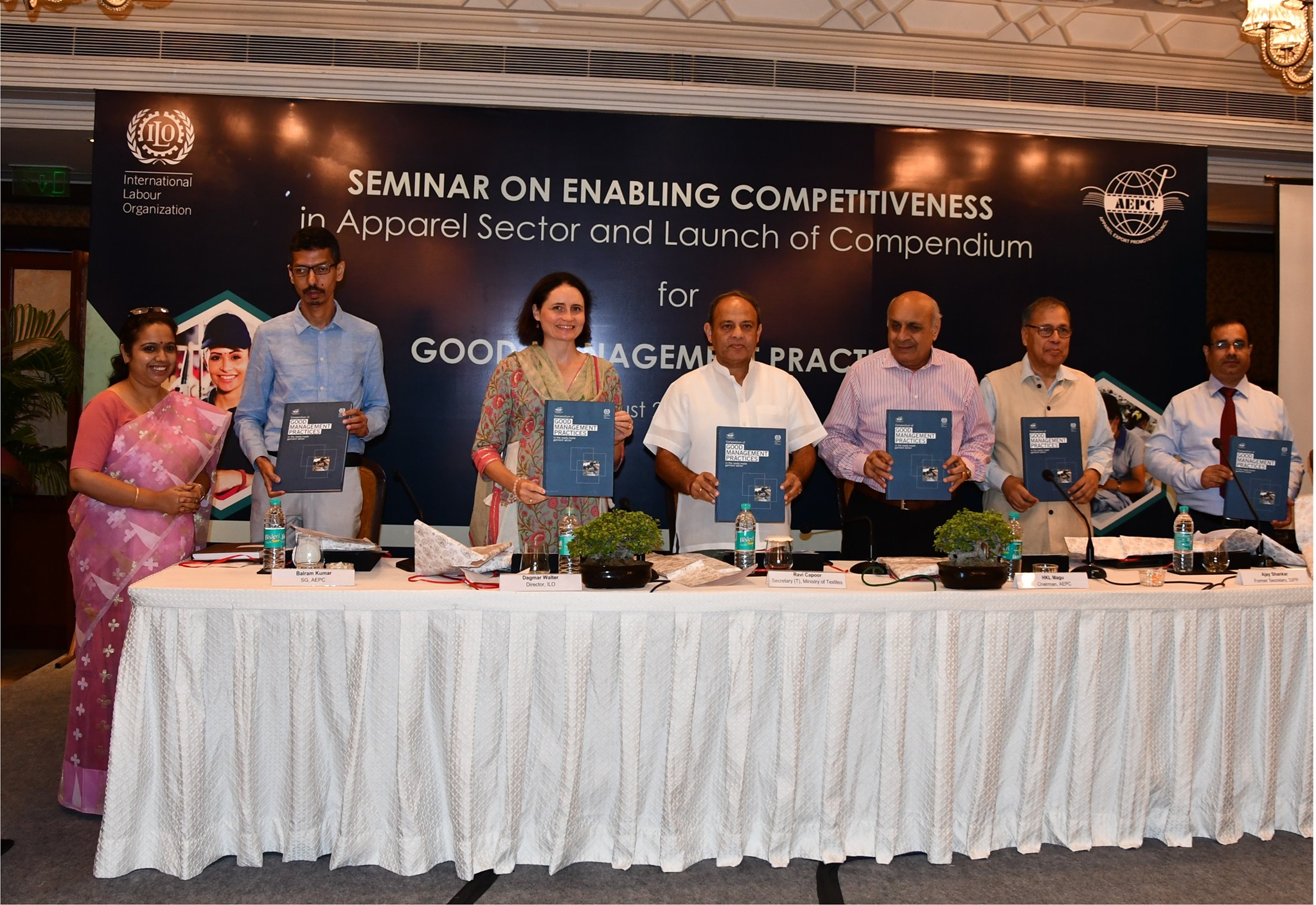
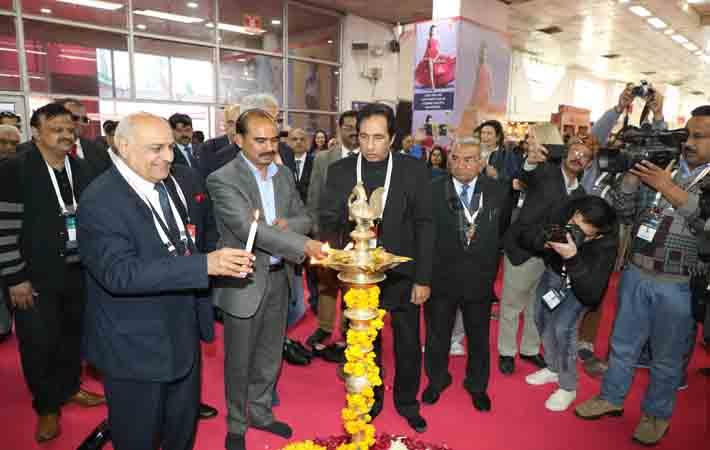
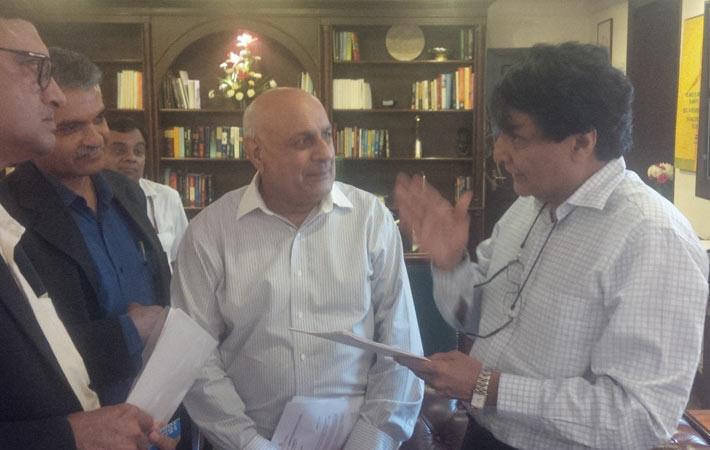
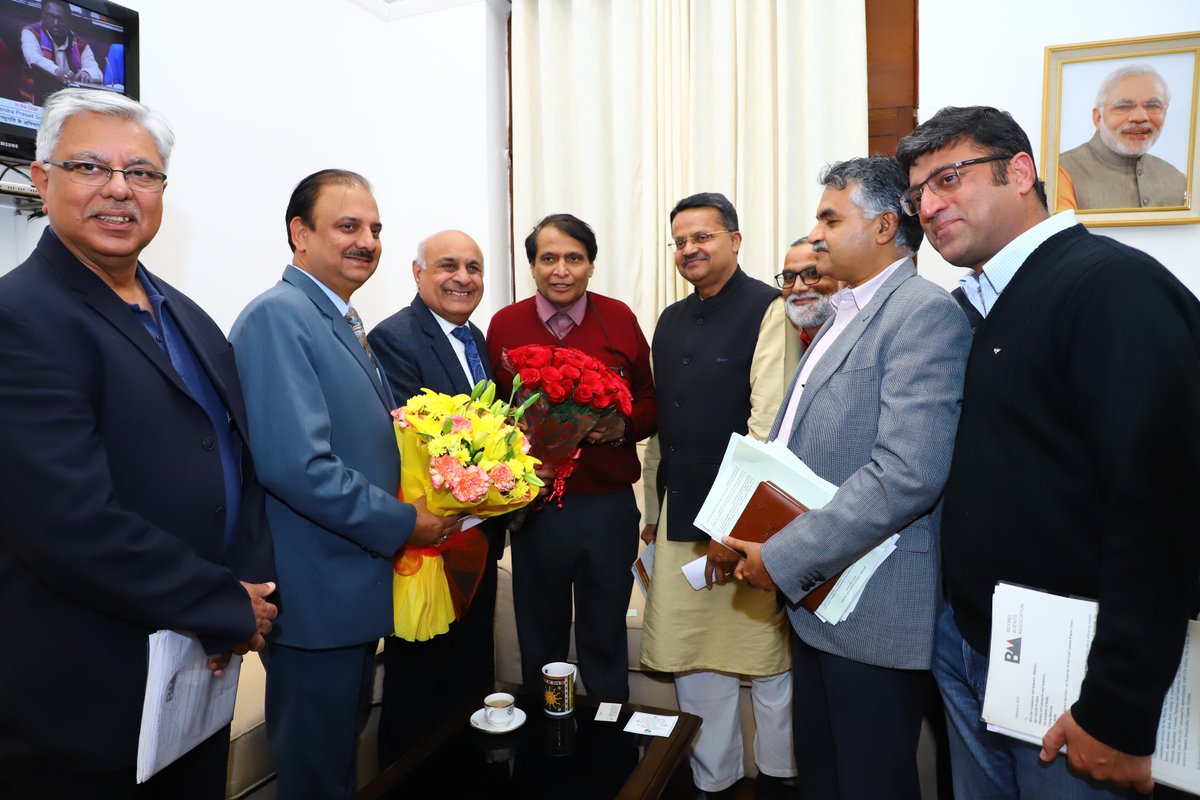
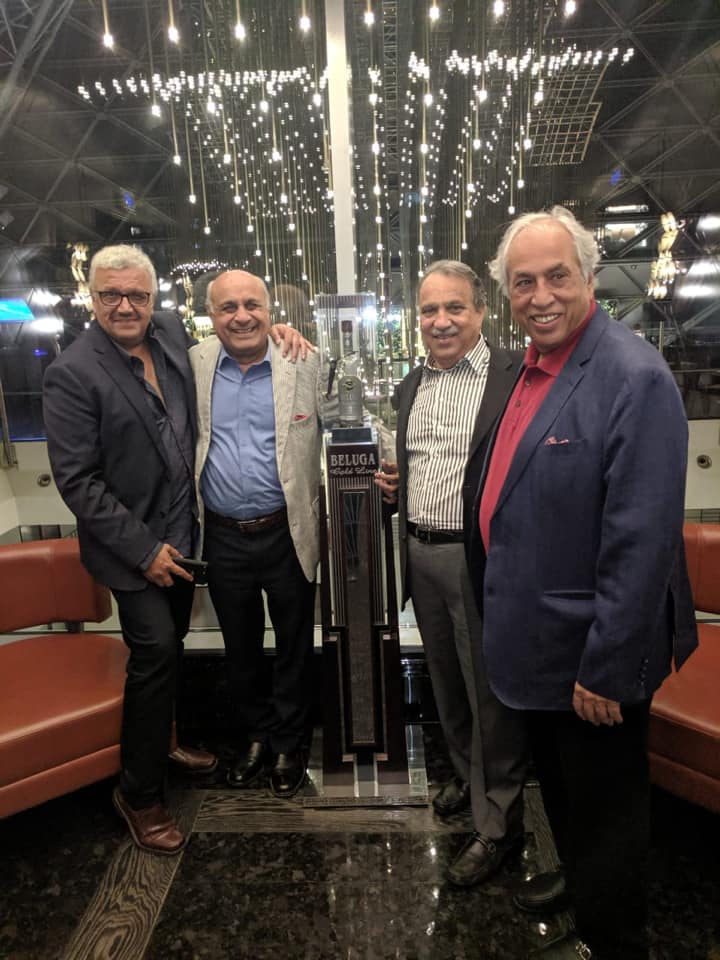
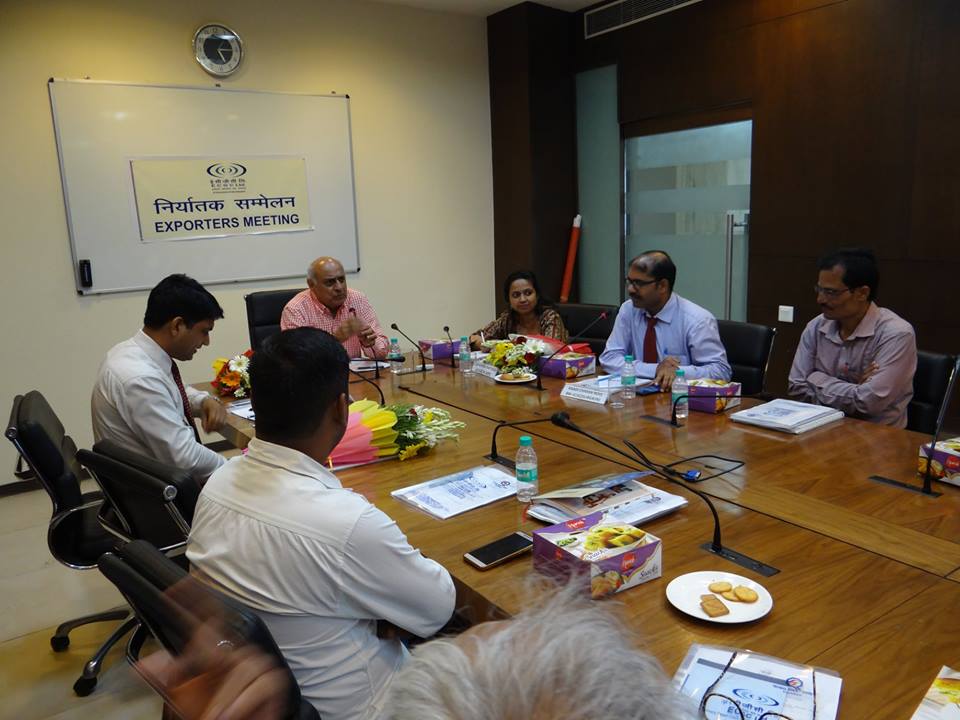
You have been an integral part of the Apparel Export Promotion Council ( AEPC) for decades and are now the Chairman APEC. What have been the major initiatives at AEPC during your tenure as the Chairman?
I have had the great privilege of being associated with AEPC since 1982 when i was elected to the Executive Committe of AEPC.
During the last 2 years, we have been able to conceptualize and execute a multi-pronged approach to make Indian apparel export industry stronger.
We have actively engaged with the Govt. of India on policy matters, led delegations to various countries, organized trade fairs and provided industry members services related to forecasting, sourcing etc.
In policy recommendations,AEPC submitted a presentation on “Strategy for Accelerating Exports in Apparel Sector” to the Union Minister of Commerce & Industry. AEPC has also been successful in engaging with Govt. of India to take up the issue at the WTO Technical Barriers to Trade (TBT)committee in some issues in trade with some countries. AEPC has also been successfully engaging with the Govt.of India on many issues related to EPCG,EOU scheme, IGST etc.
India International Garment Fair (IIGF), held in January 2019,displayed the latest innovations in women’s wear, men’s wear, kid’s wear, bags, fashion accessories etc. Exhibitors included leading apparel organizations from across India. It displayed Autumn/ Winter 2019-20 collections of European Union, USA, Middle East and other western markets.Around 700 international buyers, stores and retail chains from 62 countries and 300
agents attended.
To enhance the branding of India as a global sourcing destination, a Coffee Table book “The India Series- the Textile Story” was released in January 2019 by Smt. Smriti Zubin Irani, Honourable Minister of Textiles, GoI. The book has been curated and published under the guidance of the Ministry of Textiles, and has impressive stories and details about the diverse and huge Indian Textile and Apparel industry.
AEPC participated in the high level delegation to Russia, under NITI Aayog for the 1st India-Russia Strategic Economic Dialogue in November, 2018. Action plans identified include - a) creation of one nodal agency, may be Importers Council from Russian side who will deal with the Exporters councils of India b) conduct of Buyer Seller Meetings , seminars, market studies for identification of bottlenecks c) overcome customs related problems through Mutual Recognition Agreements that will do custom certification d) Addressing the reasons for low business like information gap, logistic issues and banking challenges e) making India member of EAEU FTA f) dedicated desk in Indian Embassy for promoting apparel export from India and opening of offices of Russian retailers in India for sourcing.
AEPC participated in a high level delegation to Japan for identifying areas for optimising the CEPA and enhancing textile trade with Japan. The delegation met major apparel brands of Japan, testing agencies, machinery manufacturers like Uniqlo,METI, Marubeni Corporation, Japan Textile Machinery Association, Japan Sewing Machinery Manufacturers Association and Nipon Knit Industry Association, Teijin, JETRO & JTIA. An important way forward that emerged was a focused approach towards understanding and improving sourcing, given the specific requirements of the Japanese markets, with aim to double our exports to Japan.
A high level delegation visited Czech Republic, Slovenia and Croatia to explore the smaller markets of European Union to enhance the trade.
In Product Diversification, AEPC has been enabling its members to move to new products - specially in the technical textile segment where the Ministry of Textiles has recently identified 207 HSN codes for technical Textiles including 12 apparel products which are presently being traded under traditional textile products. This identification will help in developing focused production and export enhancement strategies. Since many of them are high value products with very high global demands, it is an important opportunity to diversify India’s export basket.
In Fashion Forecasting,AEPC organized the first Fashion Forecasting Seminar under the AEPC awareness initiatives program, in association with WGSN, the leading trend forecasting agency of the world, in March 2019. AEPC has also been organizing many seminars and workshops on topics that are of interest to the apparel export community across India.
What is your advice to young entrepreneurs joining the apparel sector?
Indian apparel sector, both the export and domestic markets, offer great opportunities for entrepreneurs today.
My advice to young entrepreneurs would be to think long term and work hard with focus.
Anything worth while takes time to build and one must be willing to put in the effort required.
Also, to take care of their health.i see many young people ignoring their health in pursuit of their professional goals.
A healthy body is a prerequisite for any pursuit and they must pay attention to their health.
ᐧ


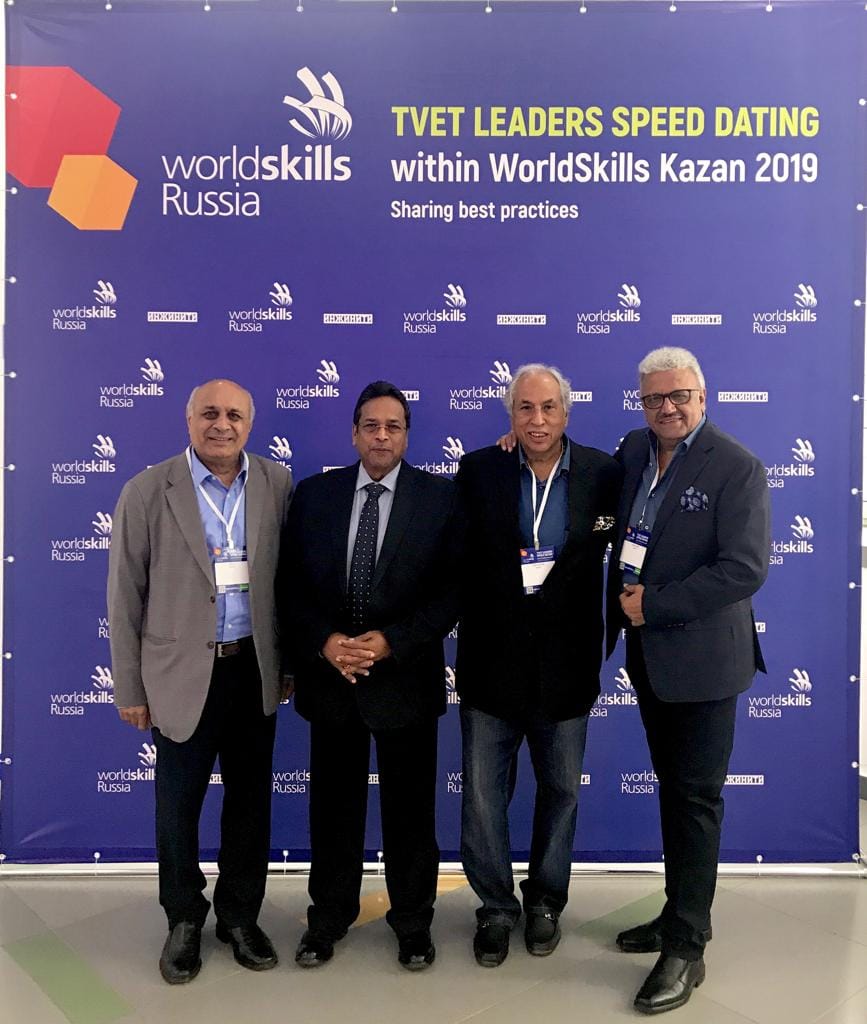
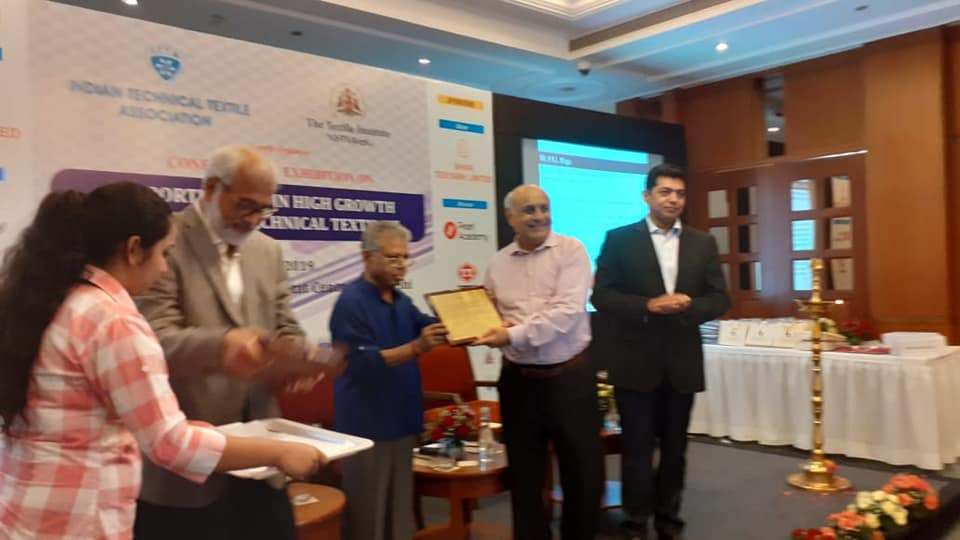
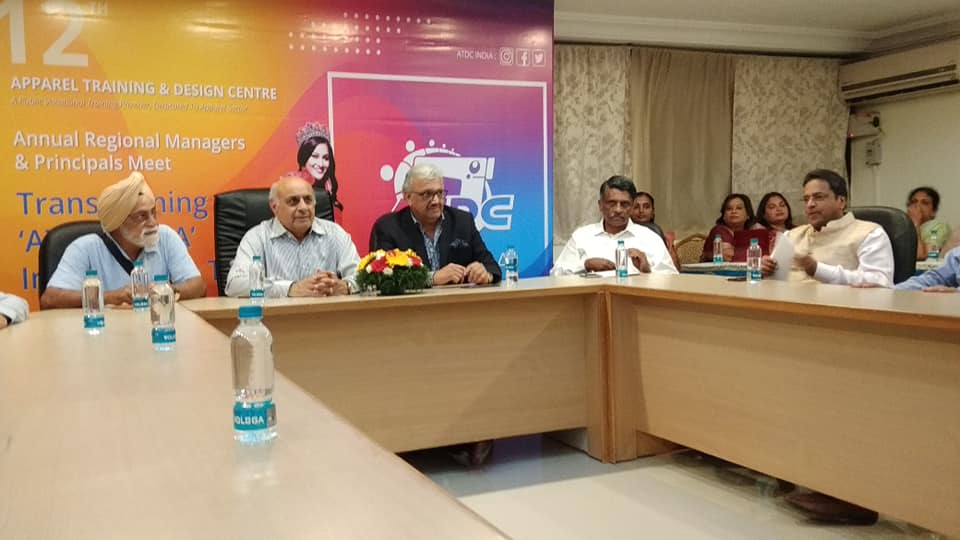
India has one of the largest young populations in the world .Apparel Training and Design Centre (ATDC) is the largest network of training centers for the apparel sector. Please tell us about the contribution of ATDC to the apparel sector in India?
AEPC set up ATDC in 1991, almost 30 years back.AEPC recognized early on that well trained professionals are critical to the growth of Indian apparel industry.
Apparel Sector has the maximum potential for employment generation, both in urban and
rural areas, especially the capacity to revive the rural economy, and connect rural youth with the
mainstream. To leverage this potential, AEPC established ATDC and has trained over 1 lakh trainees
during the last decade in longer-duration vocational courses, and over 2 lakhs trainees in the
shorter duration courses, thereby helping them with wage employment, leading to better quality of life
for their families.
Today, ATDC is one of the most sought-after vocational education institutes in the apparel export and domestic sectors and provides short-mid-longer term trade courses for different Ministries, National Apex
Agencies, Skill Missions etc.
There are over 175 ATDCs pan-India comprising of 65 ATDC Vocational Institutes and more than 100 ATDC-SMART Centres. ATDC has implemented training programmes in collaboration with various Central and State
government agencies like Ministry of Textiles, (ISDS), DDU-GKY by the MoRD, GoI, National
Scheduled Castes Finance and Development Corporation (NSCFDC), National Backward
Classes Finance and Development Corporation (NBCFDC) and several others.
ATDC training intervention covers training programmes for those entering the industry, Training Of Trainers (TOT)
for capacity
building of trainers, Recognition of Prior Learning (RPL) for those already working in the industry etc.
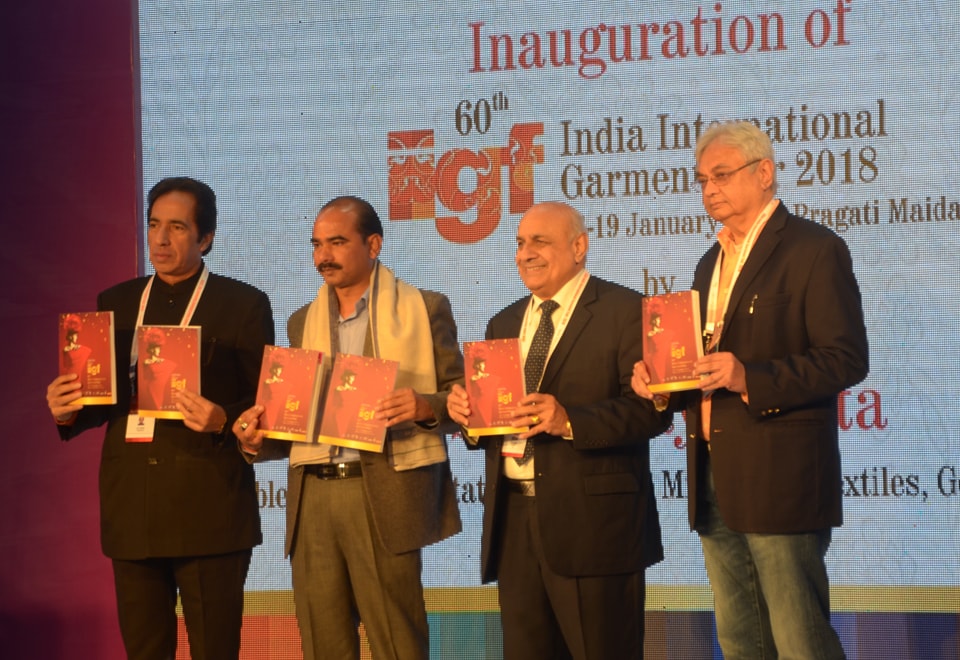

What are your views on how Indian apparel sector could grow over the next 5 years?
Today Indian apparel exports is worth about USD 18 billion, with over 8000 units
and 11.2 million workforce. With the share of garment exports from China reducing gradually
due to increase in China’s wages, India needs to aggressively improve its competitiveness
through
(a) rapid increase in the talent pool of skilled manpower
(b) creation of larger production capacities and trainer manpower pools in Tier II and Tier III
locations where the real estate and labour costs are drastically cheaper than Tier I / Metro
locations
(c) adoption of digital fashion technologies to leapfrog in quality,agility and competence.
(d) Overseas JV in near shore locations like Mexico, Turkey, Ethiopia, Bahrain to exploit
preferential tariff regimes and market proximity.
(e) Move up the value chain by collaboration with top brands and design houses in global
centres.
Through the above measures, India will be able to achieve the target of USD 33 Billion by
in 5 years period.
What are your hobbies?
I enjoy going for long walks and do that regularly. Also, enjoy being abreast of what is happening around in the world by going through many news papers and websites.
